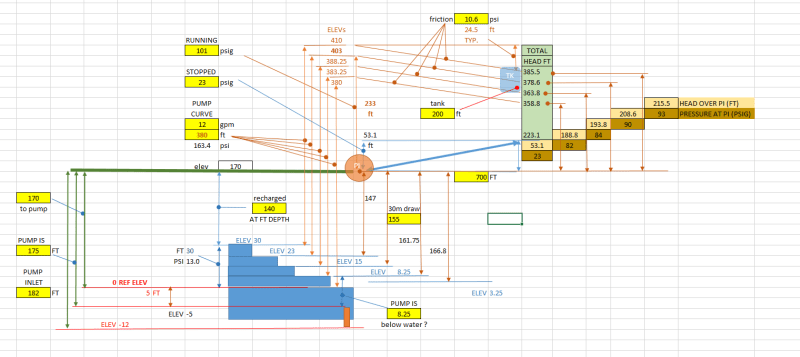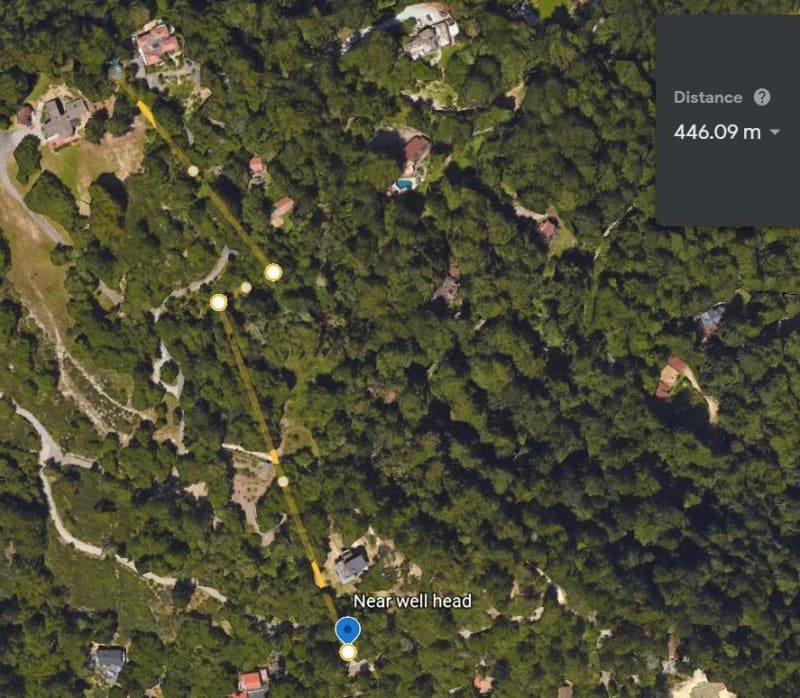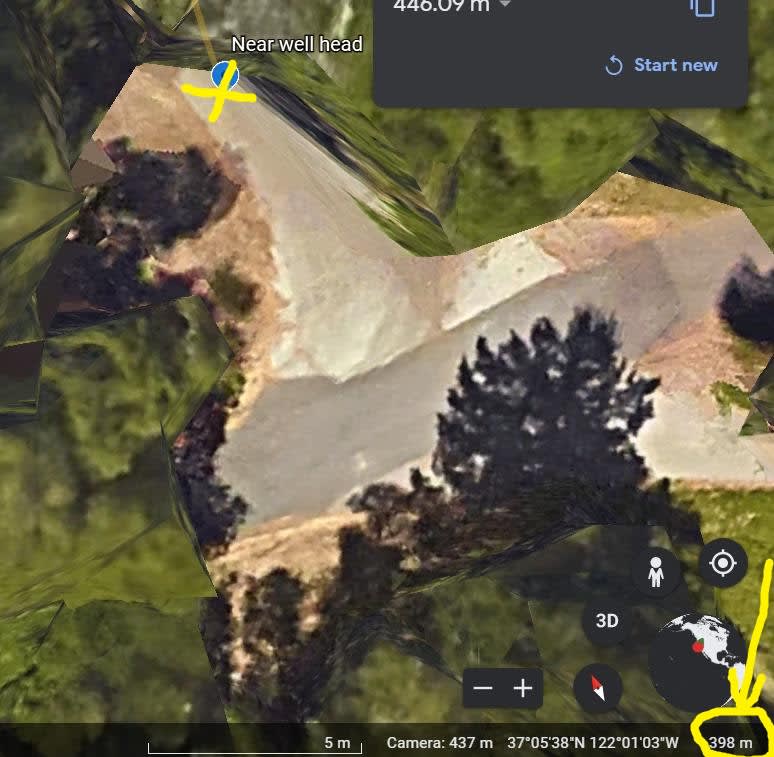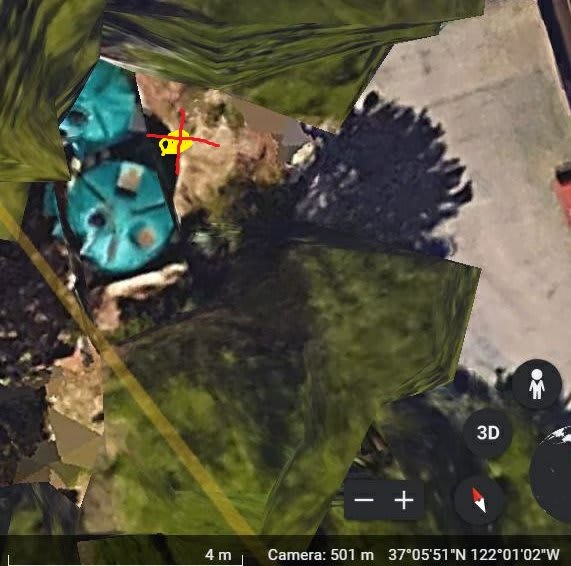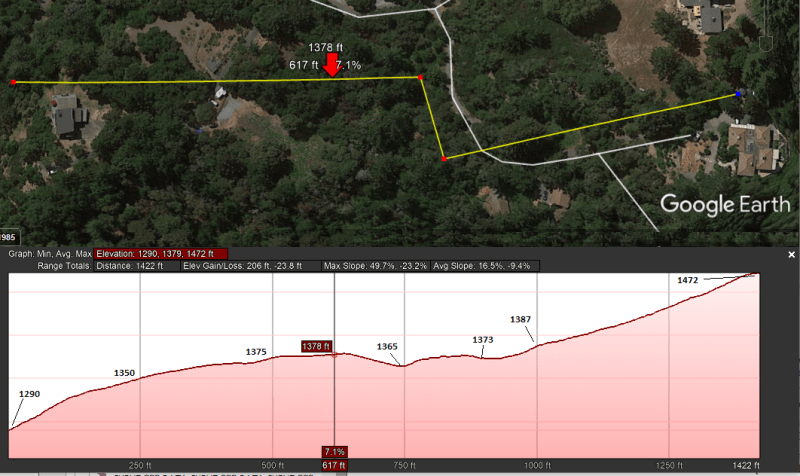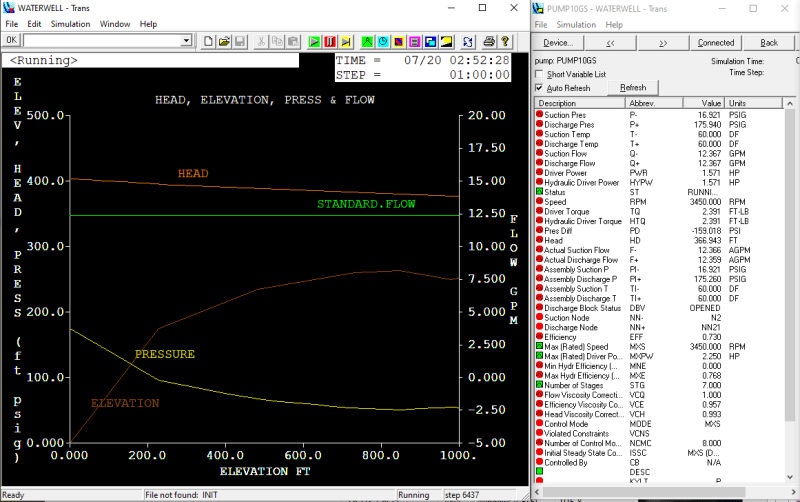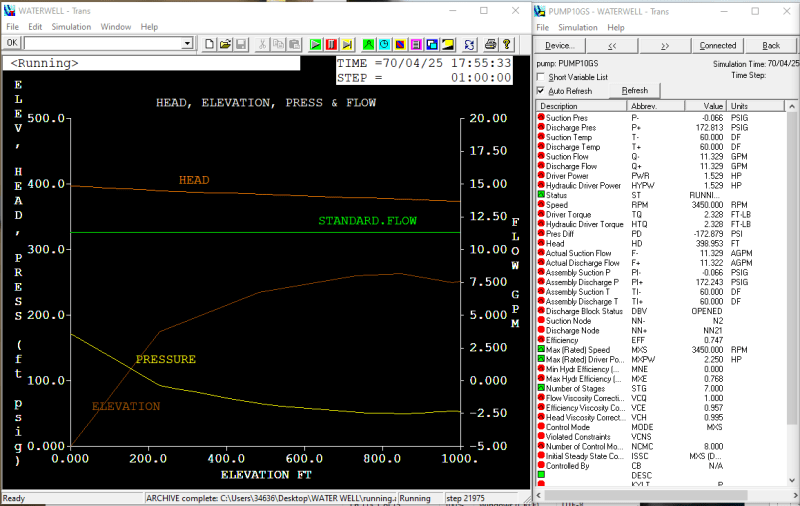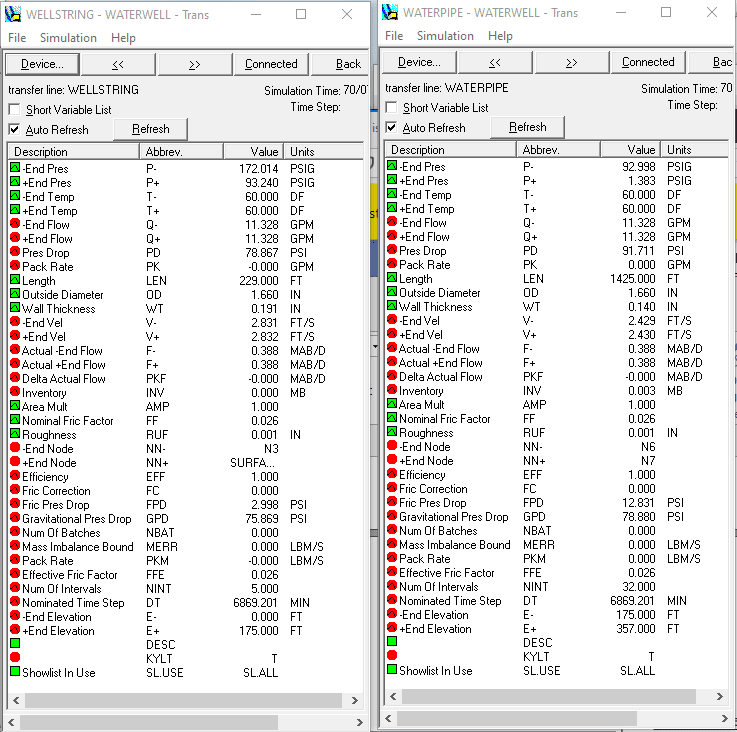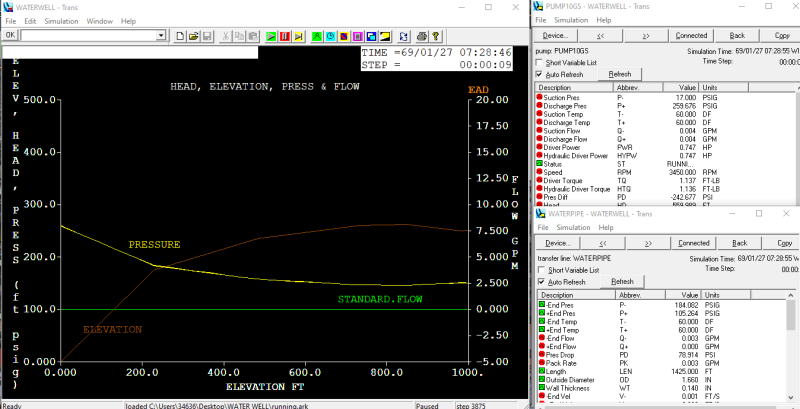I have a client's well that was in service but the guy had hung the 1-1/2HP pump 170 ft down by SCH40 PVC using the standard crummy slip to MALE threaded adapter couplings 5 years ago. A few weeks ago the pump that normally runs about 30 minutes once a week was seen running as the owner went to bed and then found running when they got up in the morning!
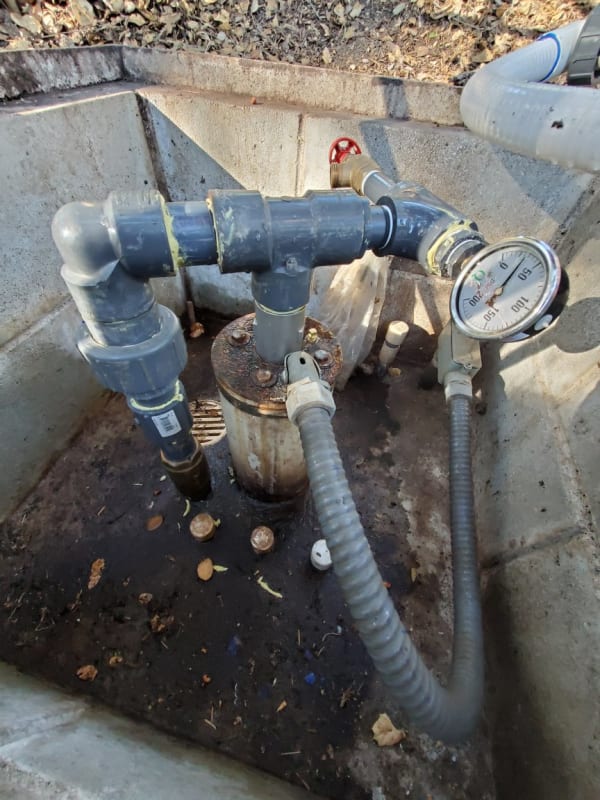
I was asked to check it and found that it was drawing the correct current but nothing was coming out of the well head. Further investigation showed the first adapter coupling had sheared dropping the entire motor pump and pipe riser down the well to the bottom where it dutifully ran for 8 hours in fountain mode all contained within the well.
We pulled the pump and since the hassle was so great replaced the entire pump and riser using sch80 threaded riser pipe and SS female/female couplings. The new pump was a Berkeley pump identical to the original Gould that came out.
It pumps the same 15gal/minute into the same 230 feet of dynamic head.
The problem is that instead of being dead silent at the well head like the typical well I'm greeted with the sound in the clip provided below. I'm pretty sure it's the check valve fluttering. Why?!? Why now? How do I stop it?
Do note that my camera greatly exaggerates the actual sound level of The Noise. The correct level is what you'd hear if you turned down your PC's sound to the lowest level that you can still detect the noise.
Well Head Noise Video
This is the checkvalve.
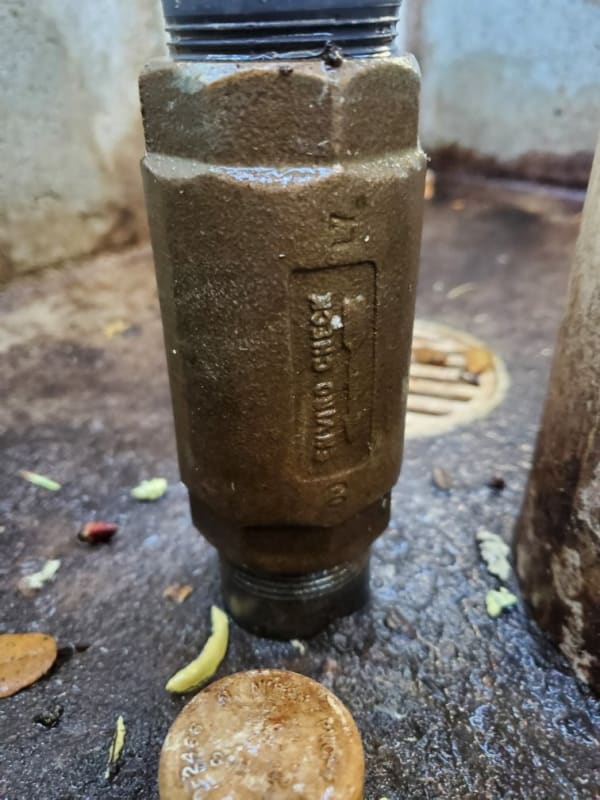
Keith Cress
kcress -

I was asked to check it and found that it was drawing the correct current but nothing was coming out of the well head. Further investigation showed the first adapter coupling had sheared dropping the entire motor pump and pipe riser down the well to the bottom where it dutifully ran for 8 hours in fountain mode all contained within the well.
We pulled the pump and since the hassle was so great replaced the entire pump and riser using sch80 threaded riser pipe and SS female/female couplings. The new pump was a Berkeley pump identical to the original Gould that came out.
It pumps the same 15gal/minute into the same 230 feet of dynamic head.
The problem is that instead of being dead silent at the well head like the typical well I'm greeted with the sound in the clip provided below. I'm pretty sure it's the check valve fluttering. Why?!? Why now? How do I stop it?
Do note that my camera greatly exaggerates the actual sound level of The Noise. The correct level is what you'd hear if you turned down your PC's sound to the lowest level that you can still detect the noise.
Well Head Noise Video
This is the checkvalve.

Keith Cress
kcress -

